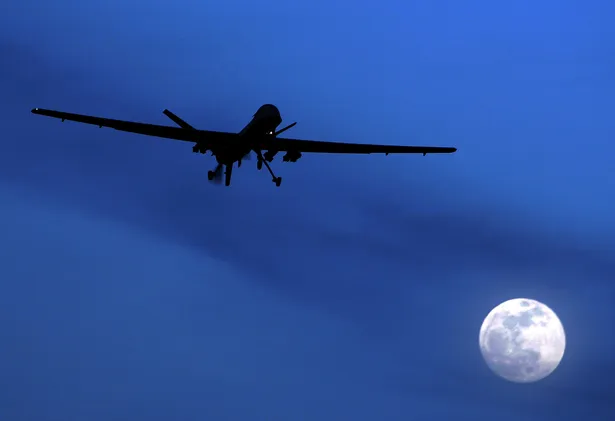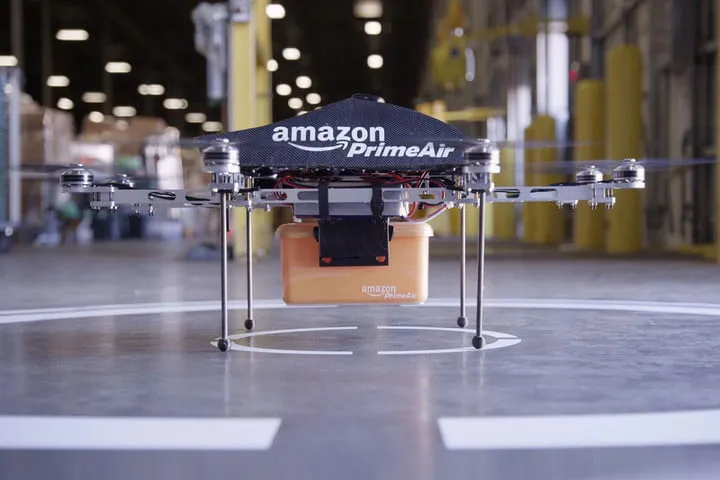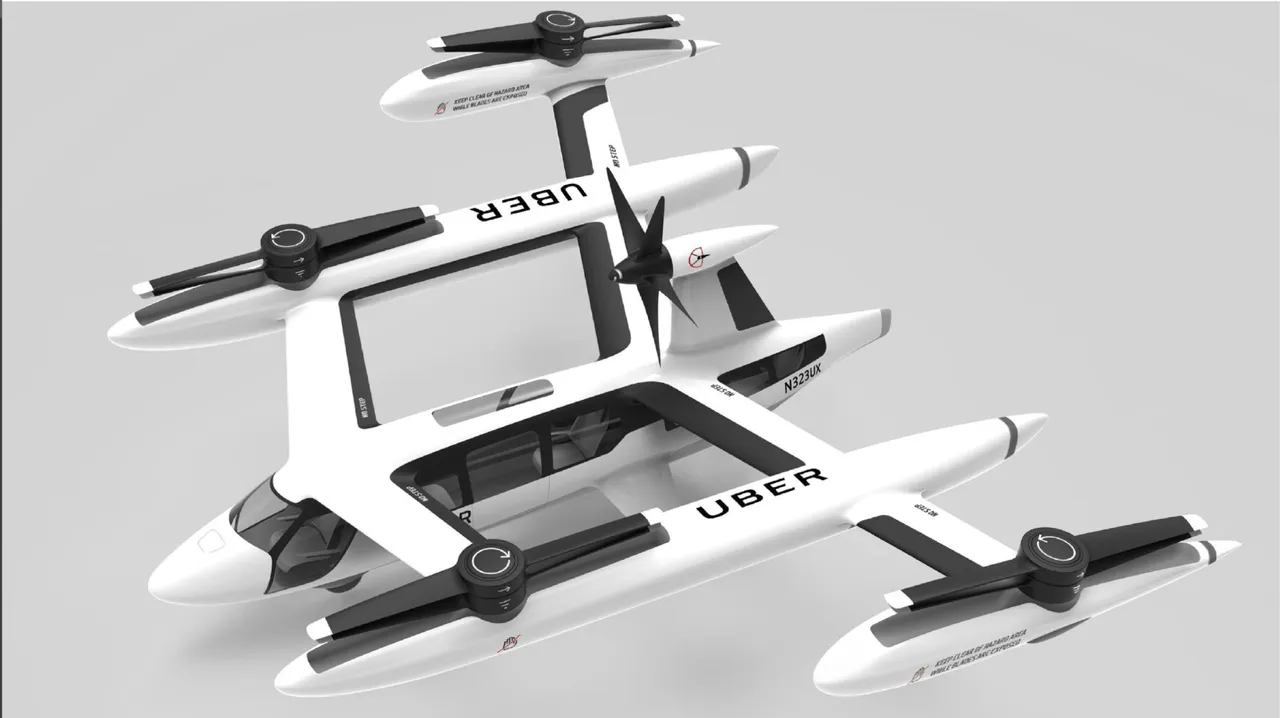
Like it or not, drones have slowly permeated our lives, and love them, or hate them, the already large list of applications for this technology is growing. From food and parcel delivery, to long range bombing missions, drones are being employed on a vast scale, and innovative people are constantly finding new ways of using them.

Image Credit: Kirsty Wigglesworth
While various militaries across the planet have been using drones to execute different roles for around two decades now1, commercial and personal use has a much shorter timeline. As little as two years ago, an Australian man used a drone to order and pick up a sausage from a Bunnings Warehouse while he sat comfortably in his spa2. While I, as a lazy person, find this to be a genius move, the authorities didn't particularly agree with him (or me!), as he faced a $9000 fine (incidentally, I'm not actually sure if he was fined). The Civil Aviation Safety Authority (CASA) stated that he breached multiple drone regulations, such as using a drone within 30 metres of people, use of a drone out of line of sight, and use over a populated area.
My point here: in the short time we have had access to drones, much like any technology, the advances have been astonishingly swift.

Delivery
The potential for using drones to deliver parcels, food, and pretty much any other item you can envisage is quickly taking shape. With companies like Amazon and UPS investing heavily in drone delivery research, drones could soon be bringing you your socks and other items in a fraction of the time as it takes a traditional delivery driver. Amazon has estimated that delivery via drone could potentially cost as little as five cents per mile3 - a cost that is impossible via traditional methods - even if the driver is using an electric car.
Prime Air, Amazon's 'air wing' has been developing drone's for use as alternative delivery units since 2013, but has faced many hurdles. Amazon has only made any real progress since the end of 2016, when they were finally able to run a proof-of-concept flight in December, delivering a package to a 'real' customer in England4. This came after the U.S. Federal Aviation Authority (FAA) introduced new rules for small (under 55 pounds) unmanned aerial vehicles (UAV's) - citing that commercial drones must weigh less than 55 pounds, fly to a maximum of 400 feet, and not exceed 100 miles per hour. They have since added to this5, but it was a catalyst for Amazon to really soar (pun intended!!) in the advancement of their drone delivery service.

Source
Amazon isn't the only company that has been throwing vast sums of money at drone delivery. Domino's has teamed with Flirtey6, a company dedicated to realising their vision of utilising drones to deliver an array of different items, and while Domino's have admitted that there is still a long way for them to go before consumers can expect to get pizza delivered by drone as a standard operation, they have already trialled a delivery in New Zealand7, which, from all accounts, went well.The Youtube video below is a fascinating look at a demo of how Flirtey's drones operate.
UPS has been investigating drone technology so thoroughly that their drivers are beginning to recognise the potential threat to their jobs. So much so, that the union that represents UPS drivers has called for a ban on the use of drones or driverless vehicles8.
There is also a massive potential for drone use in healthcare - research is already being conducted into how drones might be of use to the elderly9. Benefits could include elderly patients being able to avoid retirement homes for longer as drones might be able to deliver medicine from pharmacists, help with cleaning, and even bring items (such as a glass of water, or something similar) to the person.

Transport
Now this is where it gets really cool. Remember The Jetsons? Or maybe you are more familiar with the Back to the Future franchise, particularly the second instalment, where Marty and Doc travel to the year 2015 and flying cars are the norm (I know - they missed that prediction by a few years, but they probably weren't that far off really!). Well, if you've missed it, meet Uber Elevate10. This branch of Uber is dedicated - yep, you guessed it - to suburban air transport for people. Uber's Elevate website claim that they are hoping this dream will become a reality in 2023 - that's only five years away.

Source
While the initial fleet of Uber air vehicles will be multimodal, meaning that they will not be fully autonomous, drone technlogy is helping Uber speed its planning significantly. It is interesting to note, however, that the 'pilots' will only be there to monitor how the vehicle is performing and to step in if something were to go wrong11.
Not surprisingly, Dubai is investing in drone taxi technology too. During 2018, Dubai conducted its first test of a drone taxi service. The vehicle was a two-seater, 18-rotor drone that flew for 5 minutes, bringing the city one step closer to realising its desire to beomce a smartest city in the world12. The goal to see a quater of all journeys made by self-driving vehicles (flying or ground-based) by 2030 is one of Dubai's priorities. Other governments have been testing drone technology as well. Guangzhou successfully tested an Ehang-made drone earlier in 2018, becoming one of the first major competitors to Uber12.
There are, of course, problems associated with drones being used as transportatin vehicles. The most obvious being: who wants to be that poor sap who's riding on one when it fails? At least in a plane, or a helicopter, you have an experienced pilot, and therefore a chance. But in an autonomous drone, what happens? A remote reboot of the system by an authorised IT professional? No thanks. I'd rather take the controls and try and land the thing myself.
Then, there is the question of control. Who will write the air rules? Existing aviation coorporations, or will there be the necessity for new and improved organisations to make sure that, as the number of drones increase, the safety of passengers will remain high.

Wrap Up
I'm not a huge fan of flying, especially in the more recent years. I'd rather have control of the vehicle I'm travelling in, I think. While I love the advances that are being made in technology, drone taxi's are something I'm likely to give a miss. Package delivery, not so much. I'll happily have my order delivered in a fraction of the time, and at a fraction of the cost that we currently experience, if delivery companies can make this happen.
As companies run to bring the first feasible autonomous suburban air transport to the masses, there are still a multitude of issues that need to be worked through. Most of which, I believe, include passenger safety. Current commercial airlines place great emphasis on safety and, particularly, passenger safety. Can drones offer the same level of precaution? Possibly. Somewhere in the future.
What do you think? Would you travel on an Uber in the air? Or would you, like me, prefer to keep your feet planted on the ground? Please leave your thoughts, comments, and any feedback below.
As always, thank you for reading, and I look forward to hearing from you.

References
- A Brief History of Drones
- Man faces $9000 fine for using a drone to pick up a Bunnings sausage
- Amazon and UPS are betting big on drone delivery
- Here's everything you need to know about Amazon's drone delivery project, Prime Air
- Fact Sheet - Small Unmanned Aircraft Regulations (Part 107)
- Flirtey
- Domino's admits drone delivery is still a way off
- UPS drivers say no to drones
- A role for drones in healthcare
- Uber Elevate
- Flying rideshare taxis are feasible and could be in Australia within five years, says CASA
- Dubai tests drone taxi service
- Flying taxis? Uber has a competitor in Chinese drone maker Ehang





